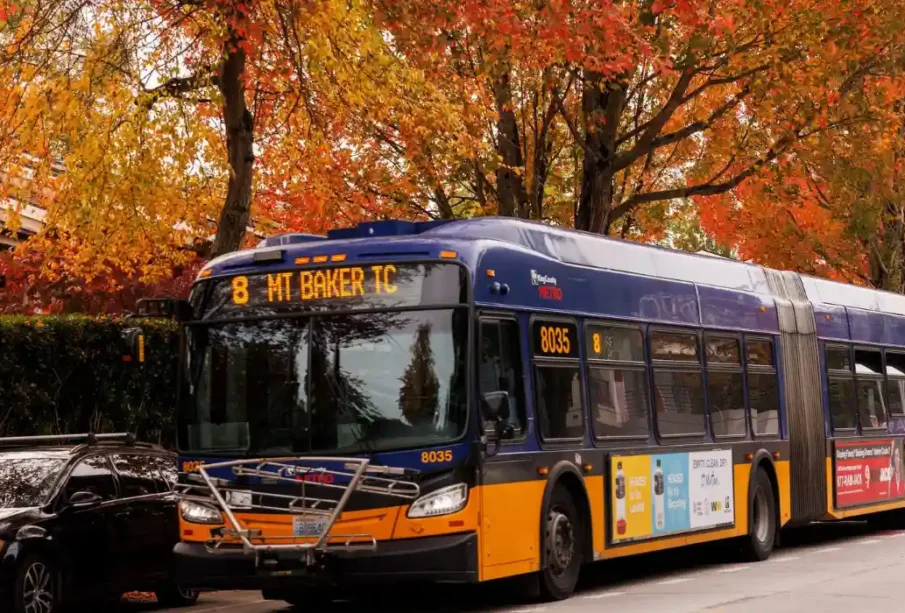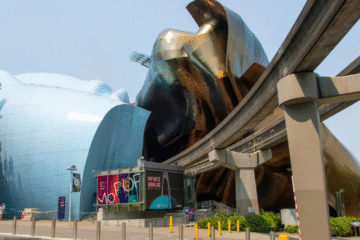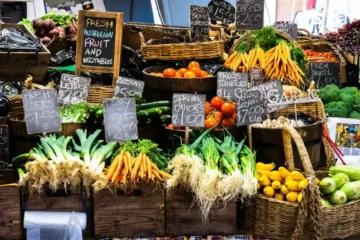The Ultimate Local’s Guide to King County Road Trips

Credit: kingcountymetro.blog
King County is often perceived through the lens of Seattle’s urban skyline, tech hubs, and waterfront bustle. Yet beyond the city limits lie winding roads, forest-clad corners, mountain passes, shoreline corridors, and rural vistas waiting to be discovered. Road trips are the perfect way to uncover these hidden gems on your own schedule, blending local knowledge, spontaneity, and deeper engagement with place.
A thoughtful drive allows you to connect not just with destination points, but with the spaces in between roadside viewpoints, small communities, river crossings, and heritage corridors. As global urbanization intensifies, mobility planning and sustainable transportation become critical. In many counties, only a modest fraction of all trips are taken via walking or cycling for instance, recent data shows King County registers a relatively high share of walking and biking compared to many U.S. counties. But for exploring the larger geographies, the car (or hybrid/EV) remains a key tool. A road trip mindset encourages not only seeing but slowing, pausing, and savoring.
This guide offers local-approved road trip routes in King County, tips for making them more meaningful, and ways to tailor them across seasons. Whether you’re seeking forest ridges, island loops, valley drives, or heritage corridors, here’s your map.
Key Scenic Corridors & Signature Drives
Below are several standout routes (some shorter, some full-day) that locals love. You can combine them or extend them, depending on your timeframe and interests.
Cedarhurst Road / Westside Highway (Vashon Island Heritage Corridor)
On Vashon–Maury Island, the county’s Historic & Scenic Corridors Project highlights Cedarhurst Road / Westside Highway as a corridor of exceptional visual and cultural value. This route descends from island highlands through cedar forest, then opens into farmland and coastal views. It connects with heritage sites, small farms, and marine outlooks. Because reaching this route requires a ferry and island driving, it retains a serene quality few mainland drives can match.
Dockton Road Heritage Corridor
Also on Vashon–Maury, Dockton Road winds past shoreline views, wooded parcels, and community nodes like Dockton itself. The corridor invites slow travel, occasional beach detours, and stops at local farmstands or small museums.
Snoqualmie Valley / West Snoqualmie Valley Road
East of the Cascades foothills, the Snoqualmie Valley drive is a local favorite. A route from Duvall along West Snoqualmie Valley Road carries you past rolling farmland, murals, forested tunnels, and views toward the Cascades. This route can be a short loop or part of a longer excursion that includes nearby trails or small towns.
Snoqualmie Valley Regional Trail as a Rail-Trail Drive Companion
While not a motor route, the Snoqualmie Valley Regional Trail (29 miles, former rail bed) parallels rural roads and connects communities from North Bend to Duvall. You can use parts of it as walking or biking spur stops along your drive, blending motor and nonmotor segments.
US Route 2 / Stevens Pass
Driving across Stevens Pass (on U.S. Route 2) carries you from western King County over mountain terrain into Chelan County. The summit sits around 4,061 feet, with sweeping views and alpine surroundings. For ambitious drivers, this route makes a powerful “mountain escape” leg, especially when paired with loop routes or return via a different corridor.
Des Moines Memorial Drive (Highline Elm Corridor)
For a shorter, historically evocative drive in the southern part of King County, Des Moines Memorial Drive (also called the Living Road of Remembrance) runs through the Highline area, lined with elm plantings dedicated to World War I casualties. Though not a wilderness drive, it offers a contemplative urban-edge corridor that locals often overlook.
Building Your Road Trip: Local Tips & Strategies
To make these drives feel more like discovery than just “getting from A to B,” consider these guiding practices:
- Cluster your stops geographically. Rather than bouncing back and forth across the county, group segments (e.g. Vashon routes one day, Snoqualmie valley another).
- Allow for spontaneous pauses. Let yourself pull off at an orchard, viewpoint, or riverside picnic. These unplanned moments become the story.
- Use secondary roads. Where possible, avoid major highways and favor quieter county roads that follow ridgelines, riverbanks, or older alignments.
- Blend mobility modes. Combine driving with ferries (e.g. to Vashon) or rail-trail walks to break monotony. The King County Water Taxi offers passenger ferry connections to Vashon and West Seattle.
- Mind seasonal conditions. Snow, road closures, or ferry seasonal schedules may affect high passes or island access.
- Leverage local knowledge. Use county parks maps, trail groups, or preservation corridor reports (like the Historic & Scenic Corridors Project) to uncover lesser-known segments.
Sample Itinerary Options
Here are two example itineraries you can scale or recombine depending on time and interest.
Option A: Island & Heritage Loop (One Day or Overnight)
Morning: Depart Seattle → ferry to Vashon Island → take Cedarhurst / Westside Highway loop → lunch at farm café or island diner → continue to Dockton Road corridor → visit local heritage museum → return ferry by evening.
Overnight: Stay on Vashon or in West Seattle, catch sunset views, and next morning return via alternate ferry.
Option B: Valley + Mountain Escape (Full Day or Weekend)
Day 1: Drive from Seattle east through Snoqualmie Valley (via Duvall and West Snoqualmie Valley Road) → stop at farms, murals, and small towns → continue toward North Bend, hike a little or rest.
Day 2: From North Bend, drive US Route 2 up toward Stevens Pass → optional alpine hikes or ridge viewpoints → return via alternate corridor or partial backroad return into the county.
You can enlarge either itinerary by combining the island loop with the valley route or by adding side drives like Des Moines Memorial Drive on your approach. Adjust time to slow down and soak in the in-between scenery.
Seasonal Highlights & Road-Trip Timing
The character of each route shifts with the seasons here’s how to time your drives:
- Spring & Early Summer: Snow still lingers in high pass areas; floral blooms enliven valley roads and island edges.
- Summer: Ideal for longer loops and alpine segments. Ferry schedules and park services are fully running.
- Autumn: Fall foliage adds drama to valley, forest edges, and memorial corridors. Less traffic is a bonus.
- Winter: Some mountain roads close. Focus on lower-elevation routes like Des Moines Drive, Snoqualmie Valley roads (if cleared), or partial loops. Use the drive time for cozy stops, cafes, and viewpoints.
Because road trips are about rhythm and variation, mixing shorter corridors (like the heritage drives) with longer mountain or valley legs helps create balance in any season.
Scenic Stops & Hidden Sidewalks Along the Way
Some small stops and side paths can enrich your journey. Here are places local drivers often weave into their drives:
- Old farm stands, U-pick orchards, or roadside fruit stalls
- Small rural cemeteries, heritage markers, or preserved old barns
- Creek bridges, riverbanks, or pull-outs beside streams
- Murals, community art installations, and local craft studios
- Minor trails that begin near road shoulders or parking pads
- Churches, small historical societies, or little free libraries
Because these are often unmarked on major maps, locals rely on county GIS maps, corridor project documents, or scenic drive brochures to spot them.










